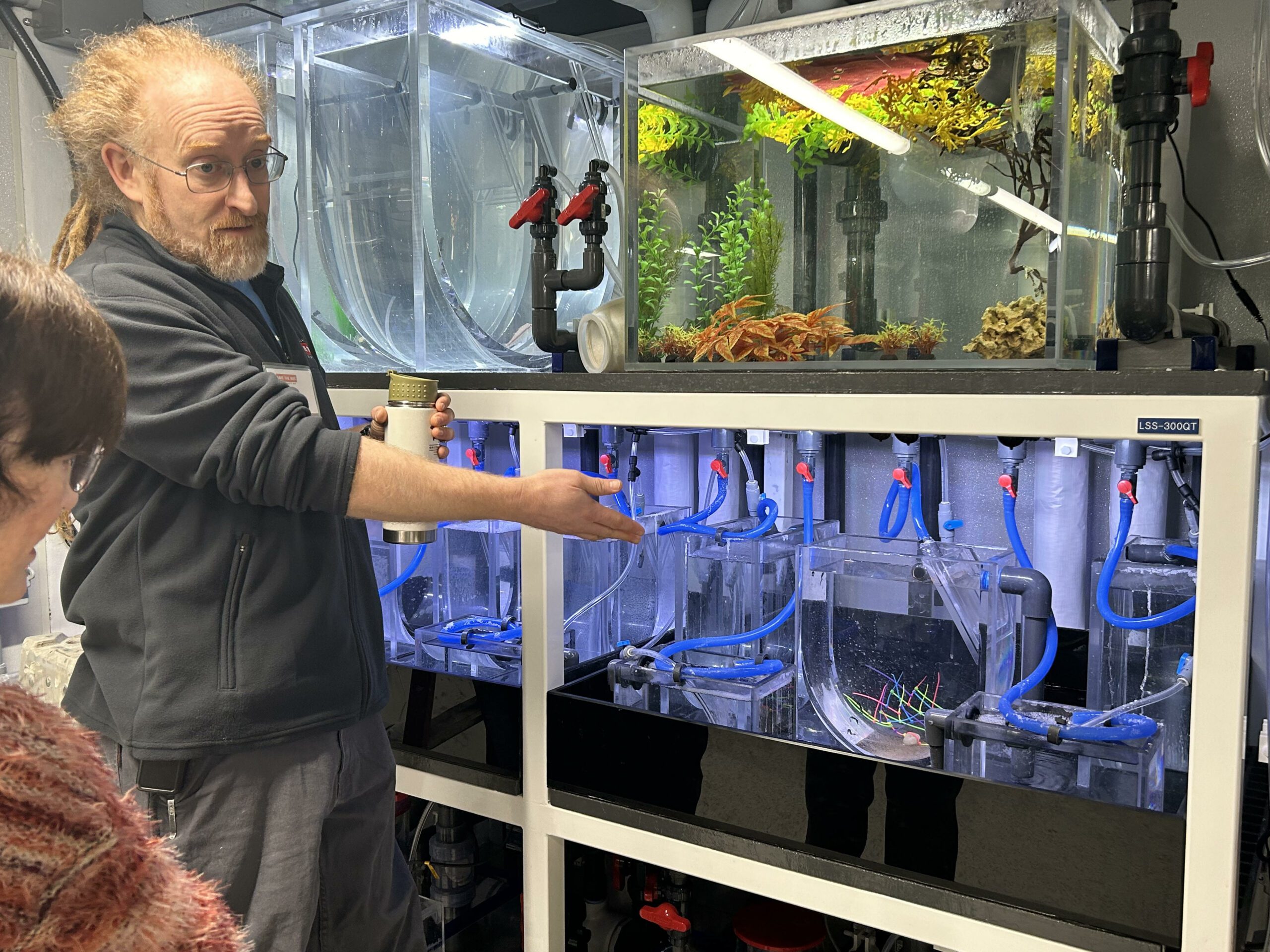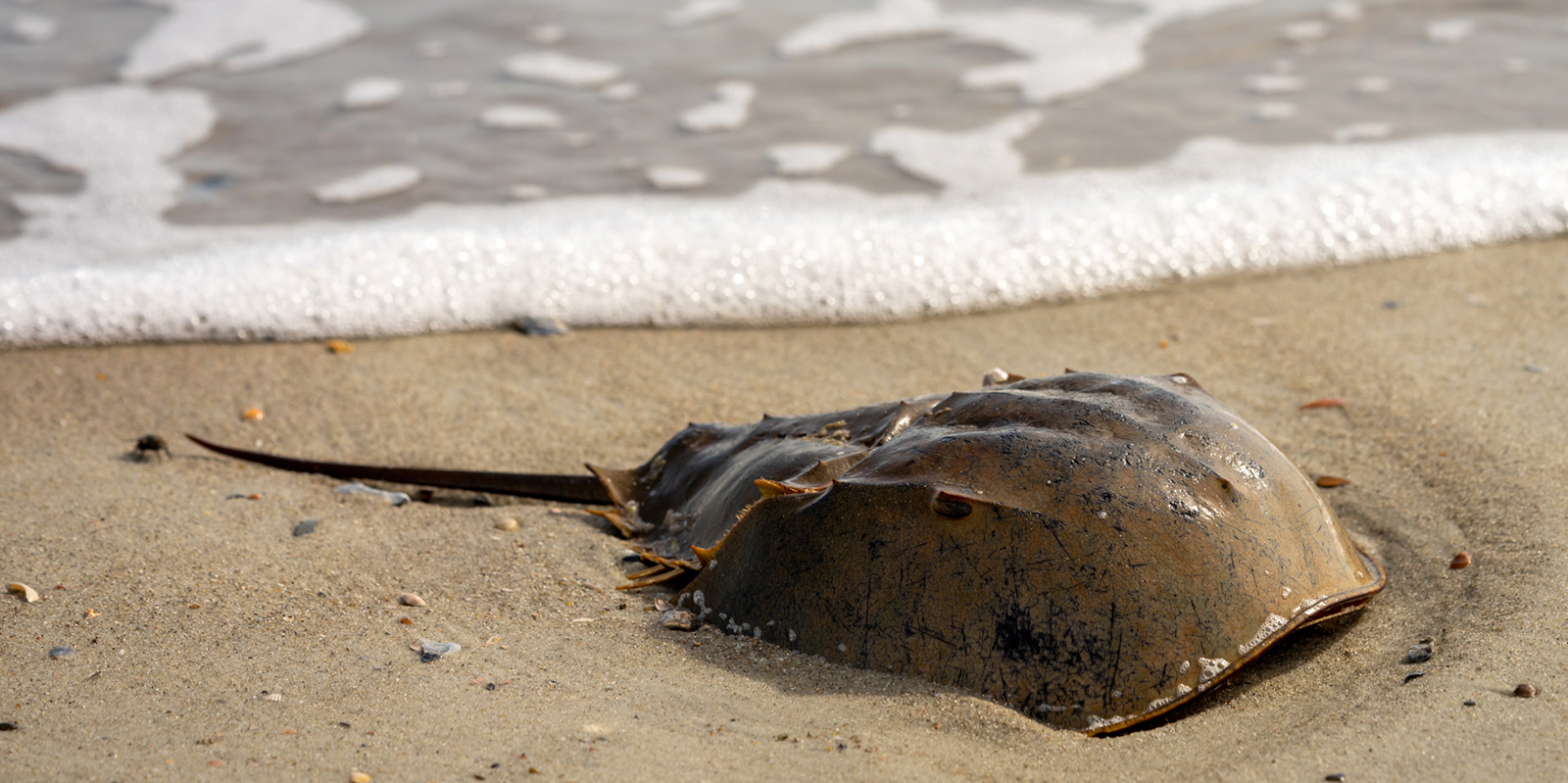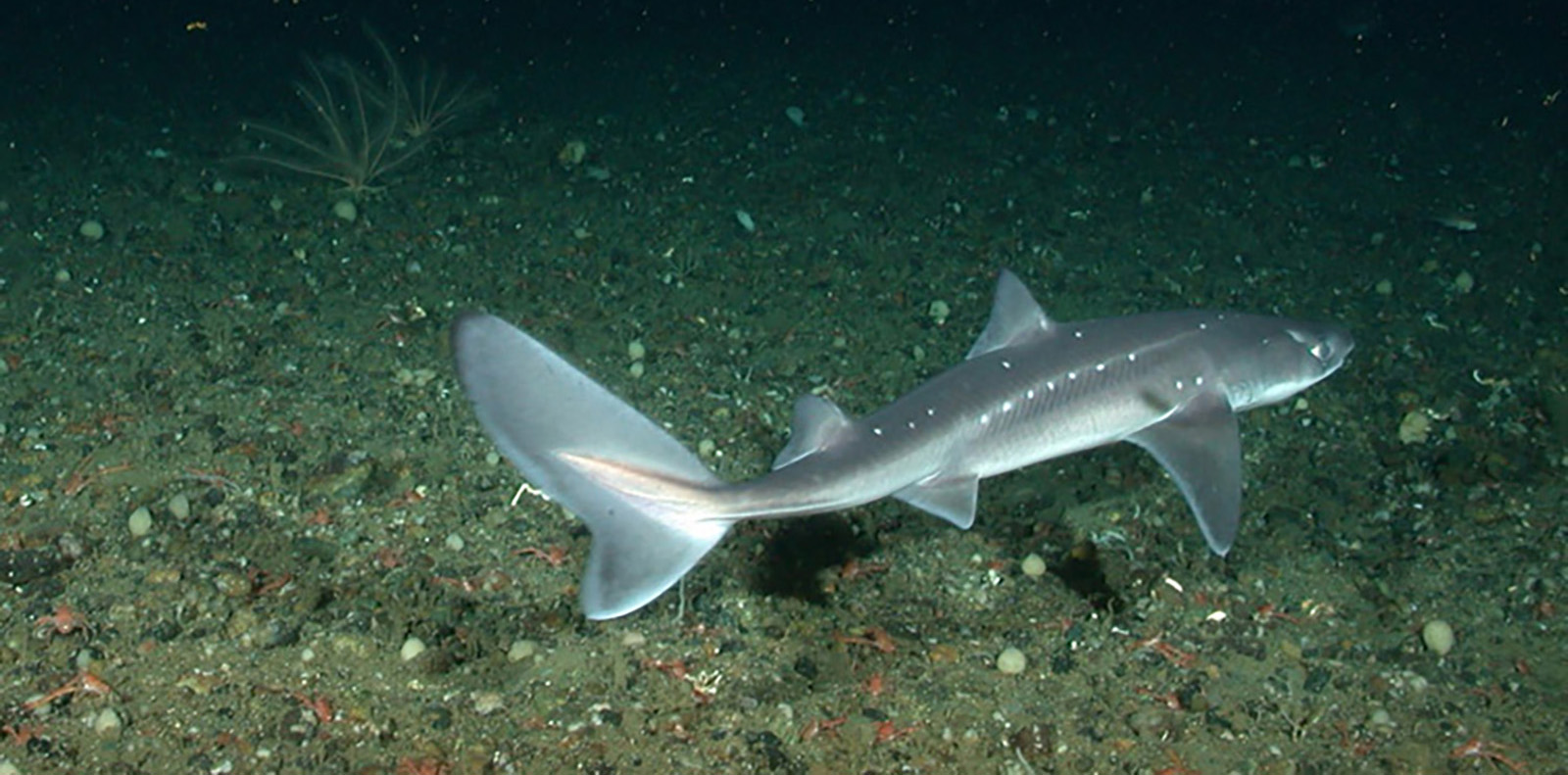Eelgrass Helps Record Warnings and Wins in Ocean State’s Salt Waters
December 7, 2023
There are many ways to understand the health of Narragansett Bay. Scientists monitor its bacteria and nutrient levels, its temperature, and the populations of its sea creatures.
But there is another indicator, lying below the surface, recognized by the Environmental Protection Agency and tracked by the Narragansett Bay Estuary Program (NBEP), that can also help explain the complicated condition of Rhode Island’s marine waters.
Seagrasses that make up the “forest beneath the sea” shelter the sea’s young, provide food for its inhabitants, stabilize sediment, and even absorb carbon, according to NBEP staff scientist Courtney Schmidt. But their growth can also sound the alarm on the overall health of the water.
In Rhode Island, the two prominent types of seagrasses are called widgeon grass and eelgrass. The latter is the most common.
“We don’t have a big historical record of seagrass,” Schmidt said. “That isn’t to say it wasn’t there, it’s just that we weren’t writing it down.”
It is known that it used to grow as far north as the Providence River, but started receding in the 1930s, following the invention of indoor plumbing that flushed sewage right into the river and bay, adding pollutants to the environment likely hurt the nitrogen-sensitive sea plant.
Around the same time, a fungus called “wasting disease” blew through the population, killing large swaths of the plants. Then the hurricane of 1938 did even more damage to eelgrass, Schmidt explained.
These obstacles caused a general decrease in the population numbers, she said, but it wasn’t until more recently that more complete figures explained how much eelgrass was growing in Rhode Island’s waters.
The state completed its first official, incomplete survey of eelgrass in 1996, and then began doing more detailed surveys in 2006.
Michael Bradley, a research associate in the University of Rhode Island’s Department of Natural Resources Science, has been studying and mapping changes in Rhode Island’s eelgrass since the 2006 study and the following surveys undertaken every few years. The most recent inventory showed eelgrass has had major losses — and gains — in different areas in and around the bay from 2016 to 2021.
During that time period, the population of eelgrass in the bay stayed about the same, but where it was growing shifted, according to Bradley. The species flourished in the bay’s West Passage, along Bonnet Shores, but declined steeply in the Narrow River.
It is hard to say conclusively why these increases and decreases happen without more rigorous study and analysis, but Bradley said the reintroduction of eelgrass in the West Passage is likely due to the known decrease in pollution in the bay following improvement on sewer overflow.
The decrease in the Narrow River “might mirror some of the observations that we’re seeing in our coastal ponds,” Bradley said.
“There’s not a whole lot of flushing,” in the area, he said, causing the water to warm above other places where tides are constantly moving water around. Higher temperatures over a prolonged period of time can harm the eelgrass, he added.
In the coming years, Bradley believes it will be important to continue monitoring eelgrass, and the bay by extension, for changes and potential solutions.
Currently, eelgrass mapping happens every few years and involves a combination of aerial imaging (off planes and drones) as well as using underwater photography.
The last mapping project, in 2021, was funded completely by the Coastal Resource Management Council, according to Leah Feldman, CRMC’s coastal policy analyst.
Because of the eelgrass’s importance in Rhode Island, Feldman said it’s important to CRMC that it be monitored and protected. Some of the council permitting processes take eelgrass into account, especially for dock or dredging projects that may disrupt the grass or prevent it from photosynthesizing.
“We’re just really trying to protect the areas where we know that these types of plants grow,” she said.
As the changes in the 2021 study showed, eelgrass moves from time to time, and even from year to year, according to Schmidt, who said she wishes there could be more frequent surveillance of the plants.
“Think of it like your garden,” she said. “Your tomatoes may do great one year and terrible the next, and if you only looked at your tomato harvest in your garden every five to six years or three to five years, you wouldn’t be able to tell if there was a big change in your garden or if you were just catching the years where tomatoes were great or tomatoes were poor.”
She acknowledged it would take more money and time, but it could give a more complete picture of the situation.
“If we want our seagrasses to recover and keep finding them in new places, we have to look for them,” Schmidt said. “Then when we find them, we have to do everything we can to protect them.”



